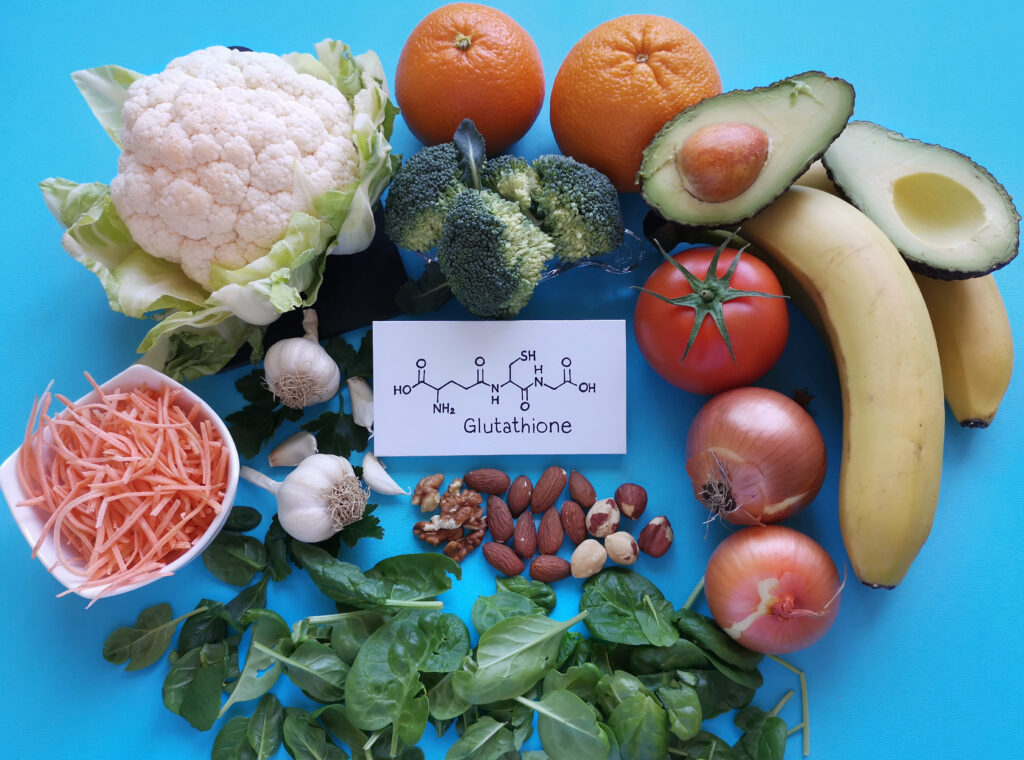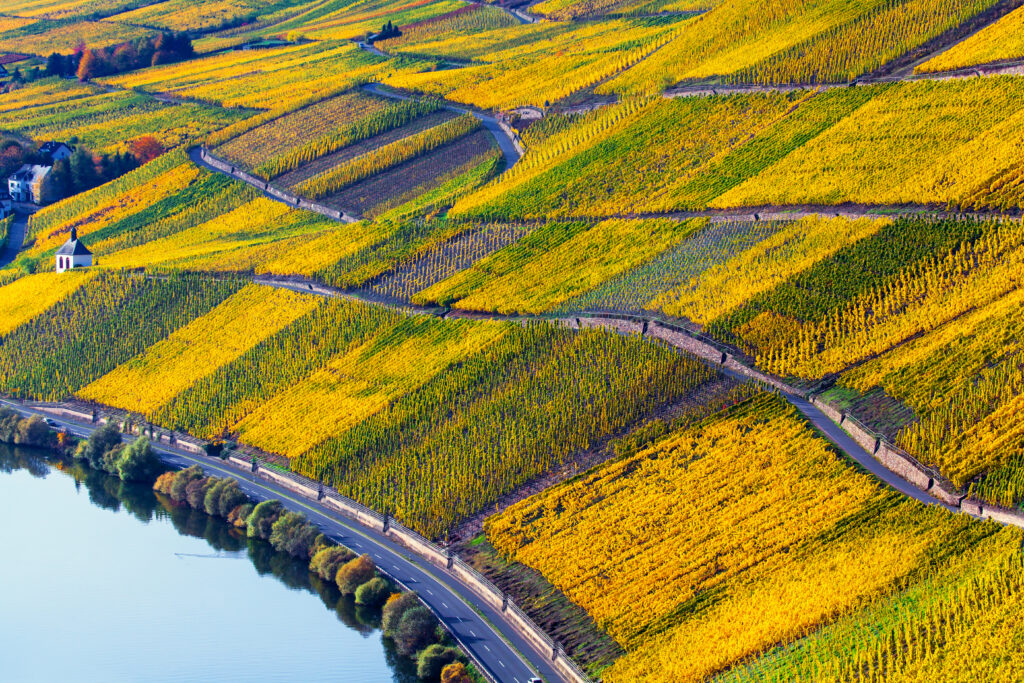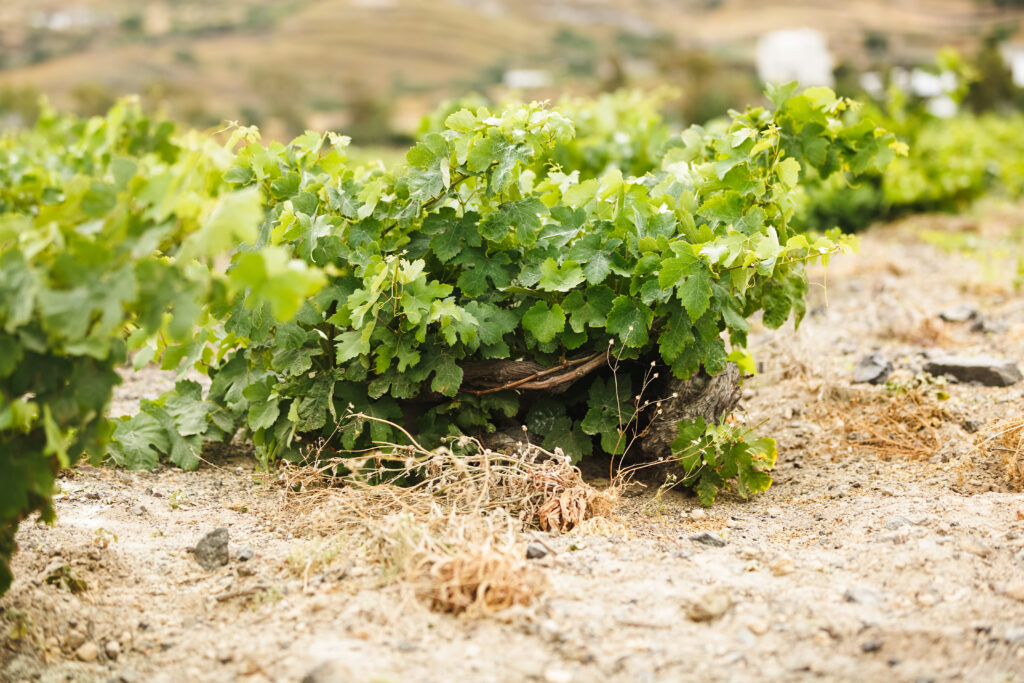Growing high quality white winegrapes
The conversations I have about quality tend to focus on red wine. This is especially true in California, where Napa Cabs have historically garnered high prices, followed up by Coastal Pinot noirs and red Rhones. Honestly, in most places I’ve been where the climate allows for ripening red grapes, the reds are the main event with the whites being more of a warm-up act or even an afterthought. As a result, we know a lot about how to grow red grapes for quality – and less about how to grow whites.
Consumer tastes are shifting though, and the big reds of yore are taking a back seat. Drinkers want lower alcohol wines with a lighter style and wineries are taking fewer risks with wine they can turn around in under a year. As a result, white varieties are in hot demand. If you’re a grower who can’t sell your grapes, you may very well be considering grafting some of your reds over to white.
So how do you grow a good white? In many ways whites are harder than their red counterparts because there isn’t as much ripe fruit and tannin to hide behind. Let’s go over some practices that will help make the best of the current market and grow just as good white winegrapes as you do red.
Smelly smells that smell: Volatile Aromatic Compounds
Here at AV our summers are spent analyzing plant water potential, coaching growers on how to tiptoe right to the edge of the cliff before turning on the water. For Pinot, we aim for hitting around -13 bars for midday leaf water potential (LWP) during lag phase and through veraison. For Cabernet, we aim for -15 bars. This is because water stress imposed during lag phase upregulates the synthesis of many secondary metabolites associated with better color and mouthfeel amongst other attributes. The link between phenolics and water stress is well-established and in places where we irrigate, like the West Coast, we can manipulate our farming practices to beef up the tannins and color.
Other secondary metabolites have also been shown to accumulate more under conditions of water stress imposed pre-veraison, most notably the precursors leading to volatile aromatic compounds (VAC). One of the major groups of aromas found in wine are thiols or mercaptans: organic compounds containing sulfur. These are the compounds associated with passion fruit, guava, and grapefruit. The cat pee note you get in Sauvignon blanc for instance is from a volatile thiol. Thiols are derived from the degradation of cysteine-containing compounds, the most abundant being glutathione, an antioxidant found throughout the plant world.

Studies have shown that glutathione production is increased in response to drought stress in many plants, not including grapes (Labudda et al., 2014). Glutathione is integral in protecting plant tissue from oxidative stress, which is more important in white grapes given that the antioxidant anthocyanin is lacking. Keep in mind that while imposing water stress on vines may increase this precursor, continued stress also leads to its destruction via oxidation.
Research out of Udine (Savoi et al., 2016) in Northern Italy has shown that the biochemical pathways responsible for terpenes and 13-Norisprenoids (derived from carotenoids) were upregulated by water stress between lag phase and veraison. These are the compounds associated with floral and earthy aromas. Both classes of molecules were present in higher concentrations in the vines stressed to minimum of -16 bars compared to -8 bars LWP.
This study also showed an upregulation of the phenylpropanoid pathway, which is responsible for the synthesis of phenolics in both red and white varieties, was also upregulated by water stress during pre-veraison. Phenolics in white grapes are different from red grapes, most notably in that white grapes don’t accumulate anthocyanin. However, white grapes do contain lower levels of flavonols, flavan-3-ols, and proanthocyanidins, which account for astringency in white wines. Some varieties, like Sauvignon Blanc, can tend towards bitter if over-stressed. A compromise could be to avoid over-pressing, which isn’t usually observed when the goal is quantity over quality.
I like this study because examining upregulation of genes offers a better window into actual plant response to water stress. The period from fruit set to veraison is a critical time for berry expansion and applying deficit irrigation at this time can limit berry size. A lot of studies that just look at final concentration provide practical knowledge, but I prefer to look at the cause and effect of a given stressor instead of how much it stunted fruit growth. Depending on what your goals are as a grower, you can find the middle ground between berry size and berry composition.
Another earlier study on Sauvignon Blanc (Storchi et al., 2005) confirms that many precursors to desirable aroma compounds were found to be elevated at higher stress levels (around -16 bars LWP). The aromatics tested for included monoterpenes, norisprenoids, benzoic compounds, and higher alcohols associated with aromatic esters. However, when the musts were subjected to a tasting panel, vines subjected to around -10 bars of LWP were preferred.

It’s important to know that this study maintained these high (i.e. low LWP) stress levels all the way to harvest, and that may have been why the wines with the highest aromatic potential didn’t score as high as expected. Similarly, one of the few papers that examined glutathione synthesis in water-stressed white grapes applied stress during the lead up to harvest, ultimately showing a higher concentration of the precursor in well-watered vines versus stressed ones (Cataldo et al., 2021). That might not be the best approach in practice, which leads me to my next point…
Keep your canopies active (especially post-veraison)
Aromatic compounds are produced in abundance during periods of abiotic stress because they help protect the plant from oxidation. If prolonged stress brings about these oxidative conditions, the compounds will be put to good use, thereby depleting your aromatic potential before anything is picked.
High temperatures can also bring about oxidative stress, so if you’ve stressed the vines to the point that basal leaves are yellowing (or falling off), you also risk depleting these aromatic precursors. I would also recommend avoiding extensive leaf removal, but I know plenty growers who struggle with mildew or botrytis in their white blocks. Pulling leaves is one of those gambles you take in farming and climate change is rapidly requiring things like shade cloth and microsprinklers to cool the fruiting zone in the event of a severe heat event.
Nitrogen fertilization is vital for aromatic potential. Glutathione, and more generally the amino acid cysteine, contains a lot of nitrogen. Chlorophyll contains plenty of nitrogen too. In instances of insufficient nitrogen the plant will produce fewer aromatics, be less functional photosynthetically, and be worse at protecting itself from oxidative stress. This last point is key. A white grape is inherently more vulnerable to degradation since it doesn’t have an arsenal of polyphenols protecting it.
In addition to nitrogen, winemakers tend to shoot themselves in the foot when it comes to potassium fertilization. Potassium is vitally important when it comes to the vine’s ability to manage stress and ripen fruit. Yes, it can form a precipitate with organic acids and cause a drop in total acidity. The risks of under-fertilization of K are significant though. If a lack of potassium, combined with water deficit stress, leads to premature senescence of the basal leaves, the potassium contained in the yellowing leaves will get exported to the plant and then imported directly into the fruit, leading to excessive potassium levels in the must. I’ve written a whole blogpost about potassium, so go ahead and check that out if you want to know more.

When photosynthesis falters due to nutrition, water, or temperature, the vine looks around for carbon skeletons with which to construct important amino acids. This leads to the dismantling of malic acid, which is vitally important for white wine quality (Lawlor and Cornic 2002, in Keller 2010). On a more general note, water stress inhibits the synthesis of malic acid in the first place. This is one reason why we tend to recommend less severe water stress for white grapes. Finding balance is key. However, if you overshoot your mark, I’m told malic and tartaric acids comes in bags…
Let’s talk about acidity
Why are we growing French varieties in California, when our climate is more similar to that of Italy and Greece? Chardonnay has had their niche areas in the Sonoma Coast and Carneros, but are the rest of us just stuck with Sauvignon blanc? There are many other varieties from the vast world of wine that we can turn to that contain high levels of tartaric acid, which is considerably more stable than malic when it comes to heat and water stress. I’m starting to see more interest in planting high-tartaric varieties like Vermentino and Assyrtiko, varieties that prevail from arid climates but manage to maintain their freshness. As far as marketing goes, I think consumers are more open to unknown whites than they are with unknown reds. They can’t like something that isn’t available to them. If you plant it, they will drink. Or y’know. Not. Don’t come for me if I’m wrong here, but I think it’s as good a time as any for exploration.
In sum – my wish list
Ultimately, the strategy for growing white varieties doesn’t differ that much from our approach to reds. However, there’s significantly less knowledge out there about white varieties and in many ways there are more opportunities to screw it up.
I’d like to see a study that delves into the optimal leaf water potential of white varieties during lag phase. The importance of building a canopy in early season and of maintaining leaf function into harvest is well established by the literature. Not doing so has obvious effects on yield, sugar accumulation, and acidity. Assuming that lag phase is the time to stress vines, I’d like to have a more precise answer when it comes to how much.
I’d also like to see more studies on finished wines. Many aromatic compounds are short-lived and degrade either by oxidation or don’t make it to bottling. Some are glycosylated (i.e. attached to a sugar molecule, usually glucose) which once cleaved off by yeast volatilize. Sometimes these compounds are imperceptible prior to fermentation. Other compounds such as the monoterpenes (nerol, geraniol, linalool) found in Muscat varieties are extremely ephemeral glycosides. One of the main reasons that Muscat is typically vinified as a sweet wine is to preserve these compounds for as long as possible. Fruity esters synthesized in the berry (not discussed) are another volatile compound that is usually present in must and very young wine. These disappear very rapidly. Enologists are usually more concerned with yeast-produced esters that result from the union of higher level alcohols and aldehydes, neither of which would register on a taste-test prior to fermentation and a little bit of time in the tank. My point is, a lovely must doesn’t always make for an interesting glass of wine. We all know someone who peaked in high school.
The shift we’re seeing the market preferences presents growers and winemakers with a chance to explore different varieties, finding those that are better suited for regions previously dedicated primarily to reds. Hopefully increased commercial interest will lead to an expanded knowledge base and allow us to make and produce better wines that people want to drink.
Citations
Ahmad, N., Malagoli, M., Wirtz, M. et al. Drought stress in maize causes differential acclimation responses of glutathione and sulfur metabolism in leaves and roots. BMC Plant Biol 16, 247 (2016).
Cataldo, E., Salvi, L., & Mattii, G. B. (2021). Effects of irrigation on ecophysiology, sugar content and thiol precursors (3-S-cysteinylhexan-1-ol and 3-S-glutathionylhexan-1-ol) on Vitis vinifera cv. Sauvignon Blanc. Plant Physiology and Biochemistry, 164, 247-259.
Keller, M. (2020). The science of grapevines. Academic press. pp. 283.
Labudda, Mateusz, and Fardous Mohammad Safiul Azam. “Glutathione-dependent responses of plants to drought: a review.” Acta Societatis Botanicorum Poloniae 83.1 (2014).
Savoi, S., Wong, D. C., Arapitsas, P., Miculan, M., Bucchetti, B., Peterlunger, E., … & Castellarin, S. D. (2016). Transcriptome and metabolite profiling reveals that prolonged drought modulates the phenylpropanoid and terpenoid pathway in white grapes (Vitis vinifera L.). BMC plant biology, 16(1), 67.
Storchi, P., Giorgessi, F., Valentini, P., Tarricone, L., Bonello, F., & Tamborra, P. (2005). Effect of irrigation on vegetative and reproductive behavior of ‘Sauvignon blanc’in Italy. Acta Hortic, 689, 349-356.

